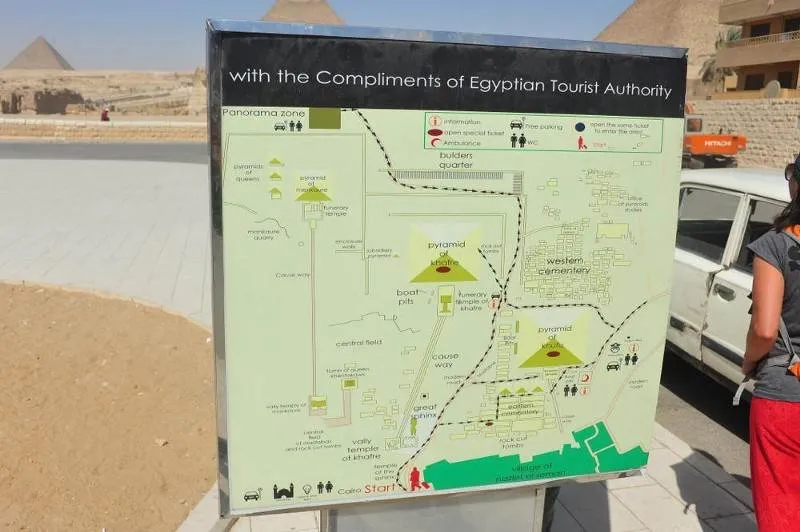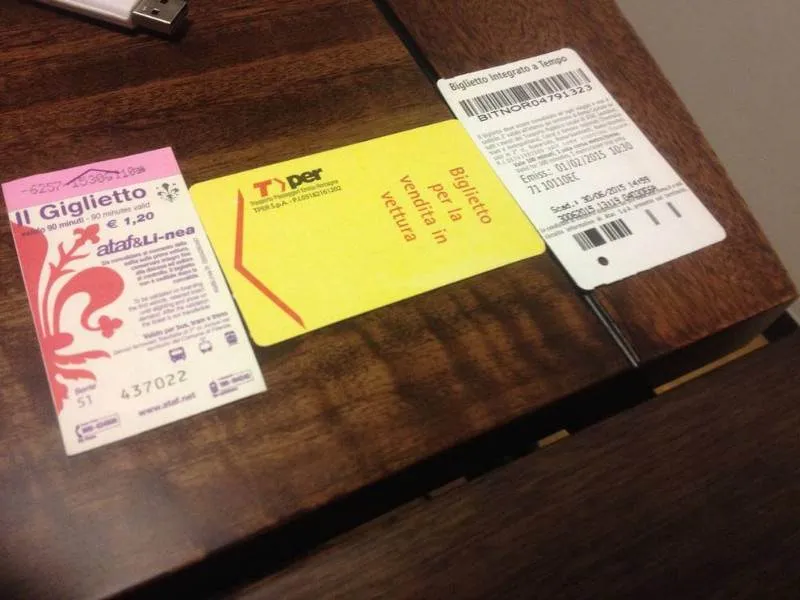Travel bloggers are an odd sort. Some are quite transparent in their efforts to conquer the world (or our corner of it), while others would prefer to hide the rookie mistakes we’ve all made. While I’m sure there are plenty of mistakes travelers can make, these are ones travel bloggers have ‘fessed up to. No names given to protect the guilty out for obvious reasons.
Table of Contents
The solution to most of these is knowing ahead of time — and it ain’t always in the guidebooks.
Forgetting to convert money before leaving the country

In some cases, the rate you might get when you land is marginally better — and if you’re able to make that sort of prediction about ever-fluctuating currency rates, I’d like to hire you. Some currencies are considered ‘non-convertible’ — they can’t be exchanged or traded outside that country. Egypt’s pound is non-convertible, as are several dozen other currencies. In other cases, it’s actually a criminal offense to remove a country’s currency from the country (something I learned about Tunisia once we arrived)
A partial list of countries with non-convertible currency include:
- Brazilian real
- Cuban national peso
- Egyptian pound
- Indian rupee
- North Korean won
- Transnistrian ruble
Not saving some local currency
At the same time, you might also run into issues by not saving some local currency until the last minute. Whether it’s a ‘solidarity tax’ as found in Tunisia, an exit / departure fee, or a food court that only accepts the local currency, it’s an issue that comes up occasionally. It’s sometimes included in the fees you’re paying with your plane ticket, but see the list from Wikipedia ahead of time.
Going anywhere with a tout

On a more basic level, going anywhere with a tout is problematic in just about every way. Most travelers have heard the advice about hailing a moving taxi and avoiding a stopped one (if you’re reading this, at least — the people that seem to need the most advice read the least of it!). It’s not always clear when you’re being touted something several times the normal cost, though. Our usual solution (at the risk of sounding cynical) is to avoid trusting locals that approach us with spoken English.
Not remembering the value of something
I’ll fess up to this one. Note this isn’t the price of something — a taxi ride, in some cases, may cost the equivalent of a dollar more but save you a half-hour and plenty of moving around. When your feet are hurting at the end of the day, that should be the easy sort of choice to make…
Assuming on-site maps are always correct

We’ve discovered plenty of maps that were incomplete, oversimplified, or forgot to note the distances shown… Along those same lines, following Google Maps too closely is a mistake we sometimes make, following roads that are clearly not the right way… Thinking a place is walkable is another mistake I occasionally make…
Underestimating the time it takes to travel
Think of whatever travel times you see as a best-case scenario, especially if the times describe how long to ride a bus. A good estimate is to assume a trip will take 25% longer than expected.
Not dressing in layers

While it’ll vary by person and location, dressing in layers is almost always a good idea — especially if there’s a big difference between the high and low temperatures of the day. It’s way too easy to see the high temperature, dress for that, and forget that the high is not an average for the day.
Losing your cool
Whatever the situation may be, losing your cool is likely to make a bad situation worse. Some cultures can dish back whatever’s thrown their way, while others try to apologize or save face. Deep breaths help, but whatever it takes you from blowing your top, do it.
Not knowing how or where to validate your ticket

Throughout Europe, validating / stamping your ticket is a common method to ensuring people have tickets instead of imposing barriers or turnstiles. While watching the locals is usually helpful, this is one case where the locals may have a commuter card that doesn’t need to be validated.
Take a quick peek at your ticket for a blank area or arrow — 9 times out of 10 that’s the part to push into the validating machine. While they won’t always say ‘validate your ticket here’, the brightly-colored boxes are easy enough to spot on your path to the platforms.
What about buses? As a general rule, make validating your ticket the first thing you do. Hanging around the validation or ticket machine before walking away is a huge tipoff that you didn’t purchase or validate the ticket. We found more than a few validation boxes didn’t work — along with instructions on the ticket to write down the time you boarded. However it’s done, a blank, non-validated ticket is essentially the same as not having a ticket, which can lead to being fined.
Not carrying small bills and change

Few mom-and-pop stores are equipped to break a 50-euro bill. Heck, here in Ecuador, where they use US currency, $10’s and $20’s have been hard to break at times. It’s almost always easier to break big bills at corporate chains or larger department stores, and sometimes easier to break big bills at a bus terminal or train station.


